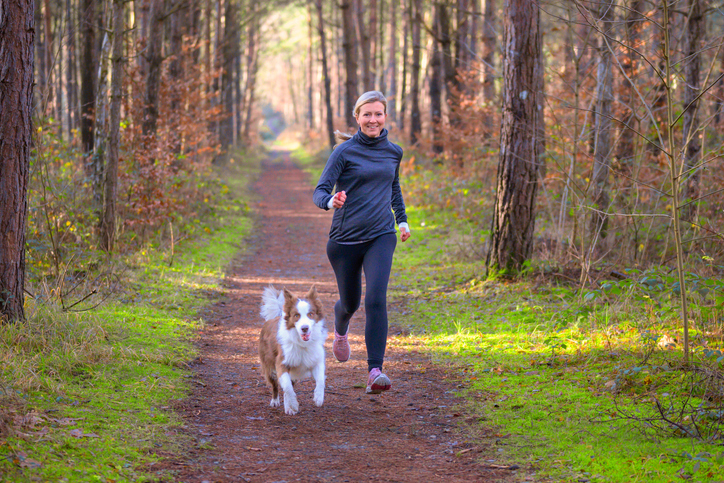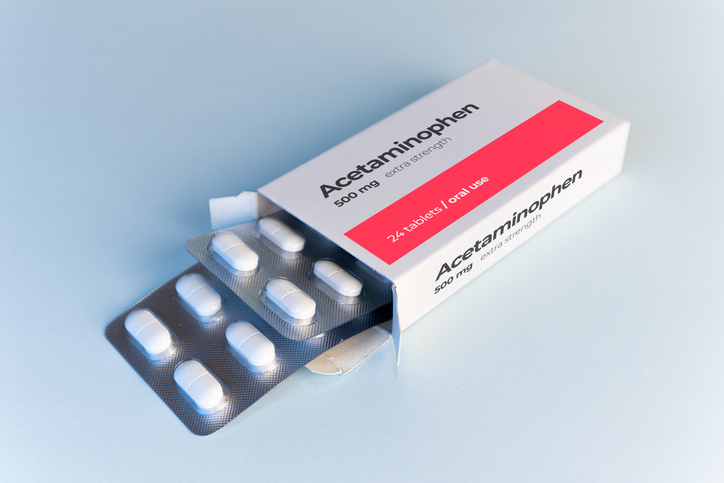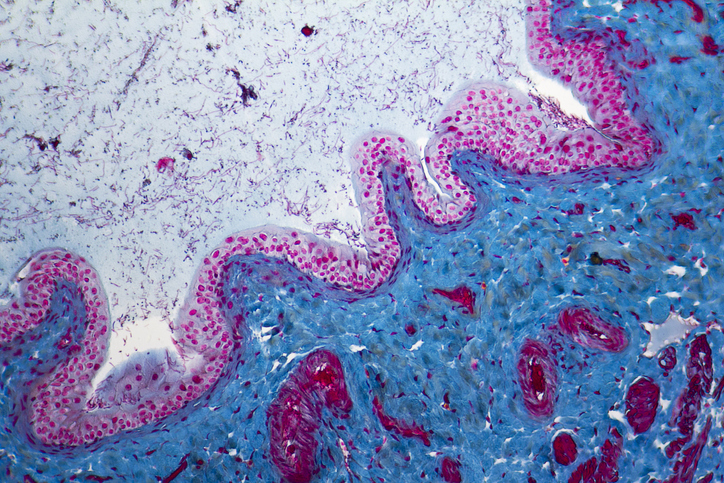
Here are the top stories recently covered by DocWire News in the Rheumatology section. In this edition, read about rheumatology-related conference cancellations due to the COVID-19 pandemic, the association between coffee consumption and bone mineral density, socioeconomic and racial effects on musculoskeletal conditions, and the effectiveness of surgical jackets and bouffants to prevent surgical site infections.
Several major medical meetings have seen cancellations or been switched to a virtual format in light of the COVID-19 (coronavirus) outbreak, which the World Health Organization recently declared a worldwide pandemic. Two organizations that have taken this major preventative step include the American Academy of Orthopaedic Surgeons (AAOS) and the British Society for Rheumatology (BSR). For AAOS, there are no immediate plans to reschedule the large-scale meeting; the organization said it plans to continue delivering high-quality education to its members virtually. In its statement BSR said, “We will be sending further communications to all those affected as soon as possible. This will include details of how we will showcase some of the content that would have been celebrated at the event.” Other cancellations have also been observed, including the American College of Cardiology (ACC)’s ACC.20 Annual Scientific Sessions and World Congress
A new study assessed the association between coffee consumption and bone mineral density (BMD). In total, a positive correlation was determined between 12 different serum metabolites and coffee consumption. The most significant associations were observed with quinate, 3-hydroxypyridine sulfate, and trigonelline (N’-methylnicotinate). Of the 12 metabolites identified. 11 had been previously identified to be correlated with coffee intake, of which six were correlated with caffeine metabolism. Significant positive associations were observed between habitual coffee intake and BMD at the lumbar spine and femoral neck. A significant relationship was observed between the metabolite 5-acetylamino-6-formylamino-3-methyluraci (β=0.012, SE=0.005; P=0.013) and BMD at the lumbar spine; 3-hydroxyhippurate (β=0.007, SE=0.003; P=0.027) and trigonelline (β=0.007, SE=0.004; P=0.043) were significantly correlated with femoral neck BMD.
According to a new study, “There are substantial sociodemographic disparities in the use of office-based orthopaedic care and [emergency department] care for common, nonemergent musculoskeletal conditions.” This was a study of 63,514 patients with musculoskeletal conditions. When adjusting for factors including age, gender, region, insurance status, income, education level, and self-reported health status, outpatient musculoskeletal care use was significantly lower among the following groups: Hispanic (odds ratio [OR]=0.79; 95% confidence interval [CI], 0.72 to 0.86]; P<0.001), non-Hispanic black (OR=0.77; 95% CI, 0.70 to 0.84; P<0.001), lesser-educated (OR=0.72; 95% CI, 0.65 to 0.81; P<0.001), lower-income (OR=0.80; 95% CI, 0.73 to 0.88; P<0.001), and nonprivately-insured (OR=0.85; 95% CI, 0.79 to 0.91; P<0.001). Greater use of musculoskeletal care in the emergency department was observed in the following groups: public insurance (OR=1.30; 95% CI, 1.17 to 1.44; P<0.001), lower income (OR=1.53; 95% CI, 1.28 to 1.82; P<0.001), and lesser education (OR=1.35; 95% CI, 1.14 to 1.60; P=0.001).
The use of surgical jackets and bouffants was not effective in preventing surgical site infections (SSIs) but increased hospital costs in a new study. Of the 34,042 inpatient operative encounters that took place during the 22-month study period, 16,380 patients (48%) were female. Among the no surgical jackets or bouffants, surgical jackets, and surgical jackets plus bouffants groups, there were no significant differences in risk of SSI (1.01% vs. 0.99% vs. 0.83%; P=0.28), mortality (1.83% vs. 2.05% vs. 1.92%; P=0.54), postoperative sepsis (6.60% vs. 6.24% vs. 6.54%; P=0.54), or wound dehiscence (1.07% vs. 0.84% vs. 1.06%; P=0.20). Over the first six months of the 2018/2018 fiscal year, the estimated annual expenditure on surgical jackets was over $300,000. Compared with surgical skull caps, bouffants were less expensive.







 © 2025 Mashup Media, LLC, a Formedics Property. All Rights Reserved.
© 2025 Mashup Media, LLC, a Formedics Property. All Rights Reserved.